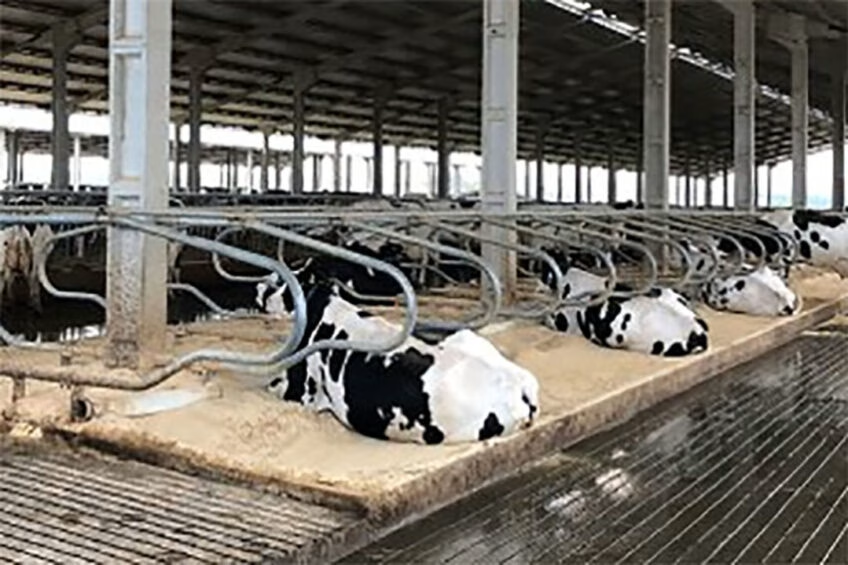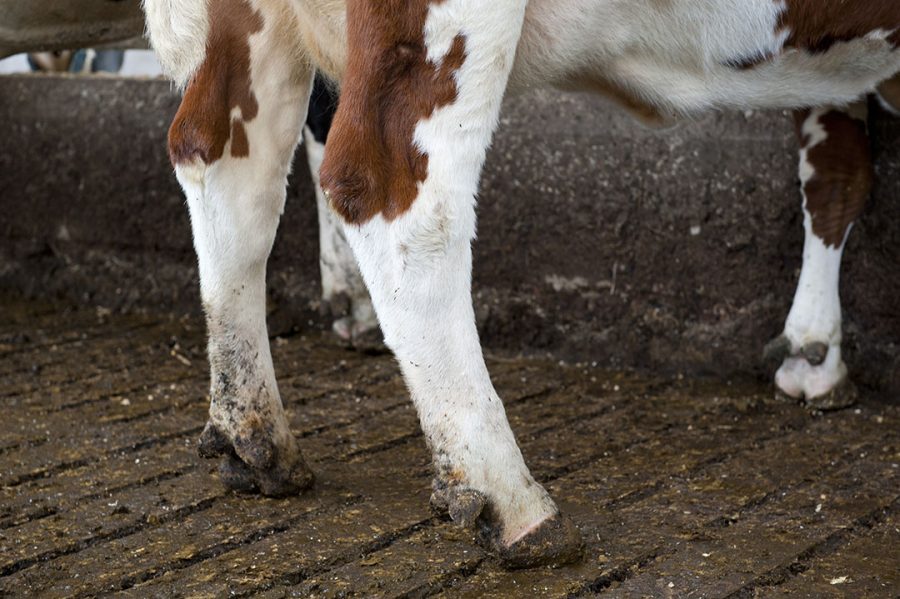Explore the optimal bedding choices for your cows by evaluating options such as compost, sand, and waterbeds. Which bedding provides the most effective balance of comfort, cost-efficiency, and cow health for your farm?

Choosing the right bedding for your cows is not just a matter of materials, it’s a crucial decision that directly affects their welfare and productivity. The factors to consider , such as cost, availability, facility design, and cow comfort, are not just numbers on a page. They are the key to your cows’ health, milk production, and overall behavior. By carefully weighing each aspect, you can create an optimal environment for your herd, demonstrating your commitment to their well-being and enhancing efficiency and sustainability on your farm.
| Bedding Type | Pros | Cons |
|---|---|---|
| Compost Bedding | Promotes cow comfortReduces incidences of hock joint lesions | Higher ammonia emissionsRequires proper drying before use |
| Rubber Stall Mats and Mattresses | Provides insulation during cold weatherReduces risk of foot and leg injuries | Requires daily cleaningAdditional bedding can reduce bacteria counts |
| Sand | Excellent tractionLimits microbial growthBeneficial for thermal comfort in hot weather | Not preferred in cold weatherRequires a specific manure cleaning system |
| Sawdust or Wood Shavings | Better cow hygiene if kept dryReleases less ammonia | Requires proper management for drainageRisk of laminitis with certain wood types |
| Straw Bedding | Provides thermal comfort in cold weather | Requires frequent bedding additionHeavily contaminated straw can promote pathogens |
| Waterbeds | Low incidences of hock injuriesMinimal bedding requiredLong lifespan | Longer habituation period for cows |
Compost Bedding: Striking a Balance Between Comfort and Maintenance
Compost bedding stands out for its ability to move with the animal. It enhances cow comfort by reducing pressure points and hock joint lesions. This bedding aligns with cows’ natural movements, promoting overall well-being.
Yet, compost bedding comes with challenges. High ammonia emissions demand strict ventilation to maintain air quality. Additionally, compost must be adequately dried to prevent excess moisture and pathogen growth, requiring more diligent maintenance and management practices.
Rubber Stall Mats: Combining Insulation and Enhanced Comfort
Rubber stall mats and mattresses are a practical choice for dairy farms due to their insulating properties and enhanced cow comfort. These materials provide significant insulation during cold weather, maintaining a warmer surface that keeps cows comfortable. Rubber mats’ thickness and cushioning effect offer a softer standing and lying surface than more complex options like concrete floors. This feature not only boosts overall cow comfort but also helps lower the incidence of foot and leg injuries, supporting the long-term health of the herd.
However, meticulous maintenance is crucial to optimize the benefits of rubber mats and mattresses. Daily cleaning is essential to prevent the buildup of manure and urine, which can harbor bacteria and impact hoof health. Additionally, supplementing these mats with extra bedding materials can help absorb moisture and reduce harmful bacteria. This approach ensures that hygiene standards are maintained and the cows’ living environment remains conducive to their well-being.
Sand Bedding: The Hygienic and Cooling Choice for Hot Weather
Sand bedding excels in hygiene due to its non-absorbent nature, which curbs microbial growth by not retaining moisture. It provides excellent traction, reduces slipping and injuries, and is ideal for keeping cows cool in hot weather. However, sand requires a specialized manure cleaning system to handle its unique characteristics, ensuring efficient waste management and barn cleanliness.
Sawdust and Wood Shavings: Cost-Effective Bedding with a Focus on Management
Sawdust and wood shavings are renowned for their availability and cost-effectiveness, but they require diligent management. The key is proper drainage to prevent pathogen growth in moist environments. Keeping the bedding dry helps mitigate harmful microbes and enhances cow hygiene. Additionally, dry sawdust and wood shavings release minimal ammonia, promoting a healthier barn atmosphere. Be cautious of wood types—walnut, cherry, or cedar bedding can cause laminitis in dairy cows, so careful selection is vital. With the right management, you can ensure the health and comfort of your cows.
Straw Bedding: Ensuring Thermal Comfort and Hygienic Conditions in Cold Weather
Straw bedding excels in providing thermal comfort, which is crucial during colder months to maintain cows’ body warmth and overall well-being and potentially boost milk production.
Keeping straw bedding clean is vital, as contaminated straw can harbor pathogens, posing health risks to cows. Frequent replacement of soiled straws is essential to maintain hygiene and prevent disease.
Cows tend to scatter straws, necessitating regular replenishment to ensure adequate bedding for comfort and to minimize injury from hard surfaces.
The Bottom Line
Ultimately, the ideal bedding choice for your cows involves balancing several factors. Compost bedding promotes cow comfort and reduces hock joint lesions but requires managing ammonia emissions. Rubber stall mats and mattresses provide insulation and injury prevention but need regular cleaning to control bacteria. Sand bedding offers superior traction and is suited for hot climates, although it requires an efficient manure-cleaning system. Sawdust and wood shavings improve cow hygiene but need careful management to prevent pathogen growth. Straw bedding ensures thermal comfort in cold weather but needs frequent refreshing to stay clean. Waterbeds minimize hock injuries and require little extra bedding but require time for cows to adjust. Choosing the best bedding for your dairy farm depends on cost, availability, facility design, and the goal of enhancing cow comfort.
Key Takeaways:
- Compost Bedding: Promotes comfort and reduces hock joint lesions but requires proper drying and has higher ammonia emissions.
- Rubber Stall Mats and Mattresses: Provide insulation and reduce leg injuries but necessitate regular cleaning to control bacteria.
- Sand Bedding: Offers excellent traction and limits microbial growth, ideal for hot weather but needs specific manure cleaning systems.
- Sawdust and Wood Shavings: Cost-effective with better hygiene if kept dry, but certain wood types can cause laminitis.
- Straw Bedding: Ensures thermal comfort during cold weather, requires frequent refreshing to maintain cleanliness.
- Waterbeds: Minimize hock injuries and require less bedding, but cows need a longer period to adjust.












